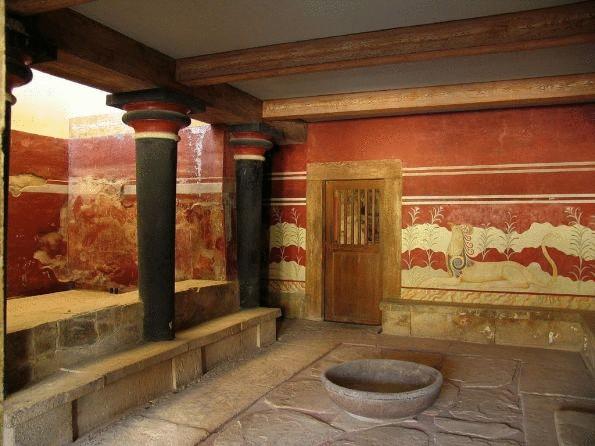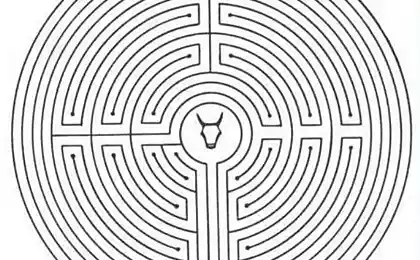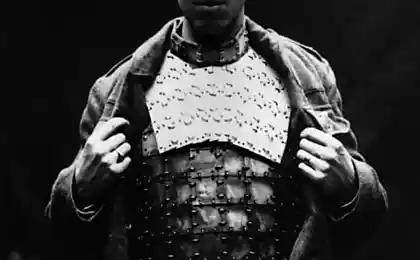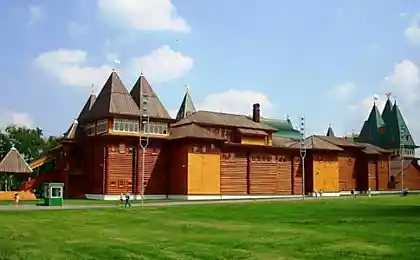495
The city-Palace of Knossos
The Palace of Knossos is located on the territory of the oldest of all the settlements of the Minoan civilization, which archaeologists discovered in the early 20th century.

The first excavations of the ancient city-Palace of Knossos in the early 1900s was headed by the British archaeologist Arthur Evans, who took on the task of rebuilding some parts of the Palace so that visitors could better imagine the original appearance of this ancient building. Even until now did not subside debate among archaeologists about what helped or prevented by the methods of Evans to shed light on the mystery of this archaeological site.

The Palace at Knossos at the time was enormous: it consisted of over 1500 rooms with many passages and corridors on five floors. With them was associated the ancient myth of the labyrinth of Knossos, although themselves the living quarters were very small. The center building housed the Central courtyard, but the West wing was used mostly for religious purposes. A huge throne room, in the side of the Central courtyard, probably appeared a little later.

It is also very well preserved frescoes which were painted in the Palace and representing an example of a painting of the era.
Source: /users/155

The first excavations of the ancient city-Palace of Knossos in the early 1900s was headed by the British archaeologist Arthur Evans, who took on the task of rebuilding some parts of the Palace so that visitors could better imagine the original appearance of this ancient building. Even until now did not subside debate among archaeologists about what helped or prevented by the methods of Evans to shed light on the mystery of this archaeological site.

The Palace at Knossos at the time was enormous: it consisted of over 1500 rooms with many passages and corridors on five floors. With them was associated the ancient myth of the labyrinth of Knossos, although themselves the living quarters were very small. The center building housed the Central courtyard, but the West wing was used mostly for religious purposes. A huge throne room, in the side of the Central courtyard, probably appeared a little later.

It is also very well preserved frescoes which were painted in the Palace and representing an example of a painting of the era.
Source: /users/155























